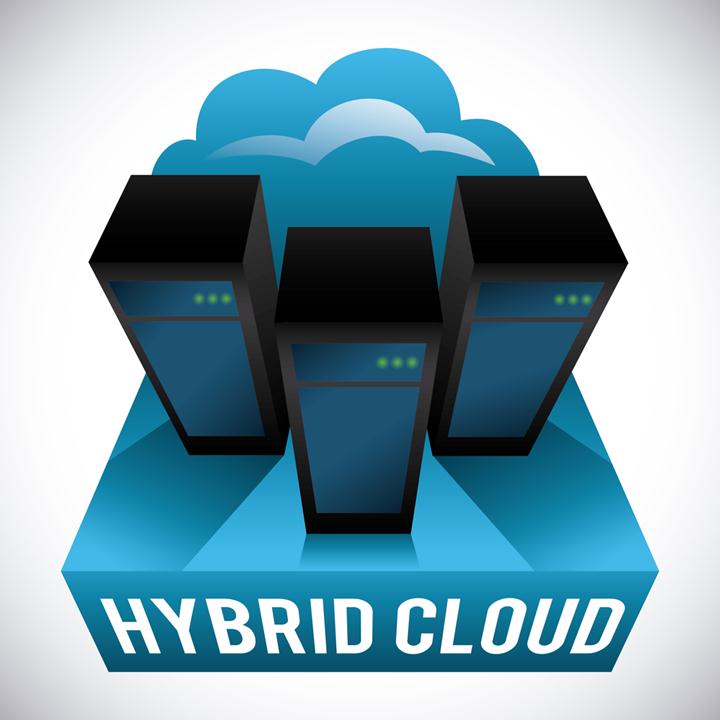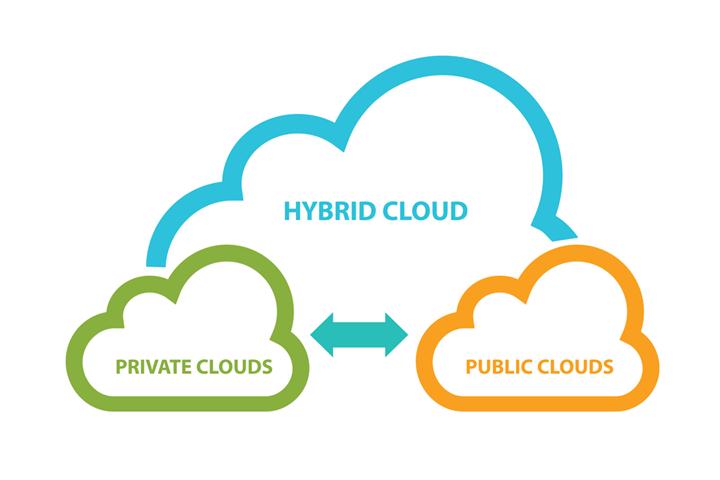Different businesses have different computing needs. Understanding the best options of cloud computing for different businesses is the first step in maintaining business web usage. Public private hybrid cloud offer similar performance, prices, and reliability, but choosing the cloud deployment method depends on the business needs.
Public Clouds
Public clouds are the most common and most popular way of cloud computing. Public cloud resources are provided by their owner and then delivered via the internet. The hardware, software, and supporting infrastructure are all maintained by the cloud provider. As part of a public cloud, all storage, hardware, software, and network devices are shared with all other users of the same cloud. Public clouds are best for businesses that provide web-based email, office applications, storage, and tests for development environments. Not having to maintain the software is a major plus of public clouds. Public clouds have lower costs since service is the only upfront cost for the consumer. Public clouds are reliable and rarely fail because of the large network of servers. Resources are available on demand to meet business needs with public clouds.
Private Clouds
A private cloud is owned and used exclusively by one business or group. The cloud can be hosted by a third-party service provider or located physically at the business’ datacenter, but the services of the cloud are always maintained by a private network. The software and hardware on private clouds are created specifically for that cloud and the needs of that business or organization. Private clouds are customizable, which is why private clouds are often used by financial institutions, government agencies, and larger businesses. Private clouds provide flexibility, more control, and better security than public clouds. That being said, private clouds are just as efficient as public clouds.
Public Private Hybrid Cloud
Hybrid clouds combine the traits of public and private clouds. Data and applications can be shifted between private and public clouds, giving more flexibility and control to the users. Lower security applications, such as web-based email, can be used in the public cloud. Higher security operations have the option of being used in the private cloud. This is an extra measure of security in the public private hybrid cloud. In a hybrid cloud, there is an option called ‘cloud bursting’. This is when an application is in the private cloud until the need for the application suddenly jumps—like an online shop at Christmas time—then the application ‘bursts through’ to the public cloud to provide additional resources. Hybrid clouds are cost-effective as extra features and power are only paid for when needed. Hybrid clouds are a great way to transfer a business from working in a public cloud to a private cloud as the change can be made gradually. Hybrid clouds offer the privacy and control of private clouds, but function with the ease of public clouds.
Featured Image: depositphotos/nils.ackermann.gmail.com








